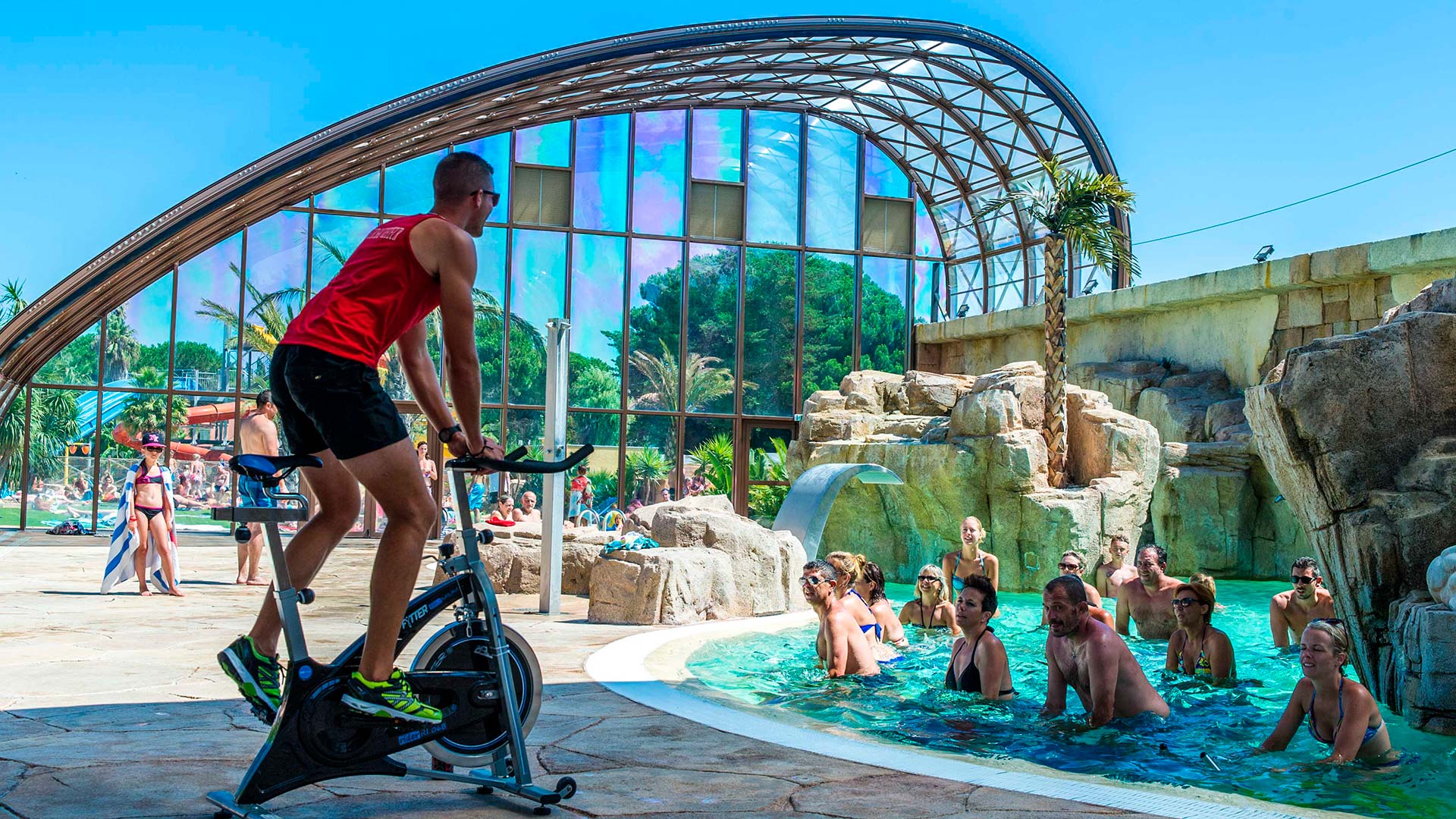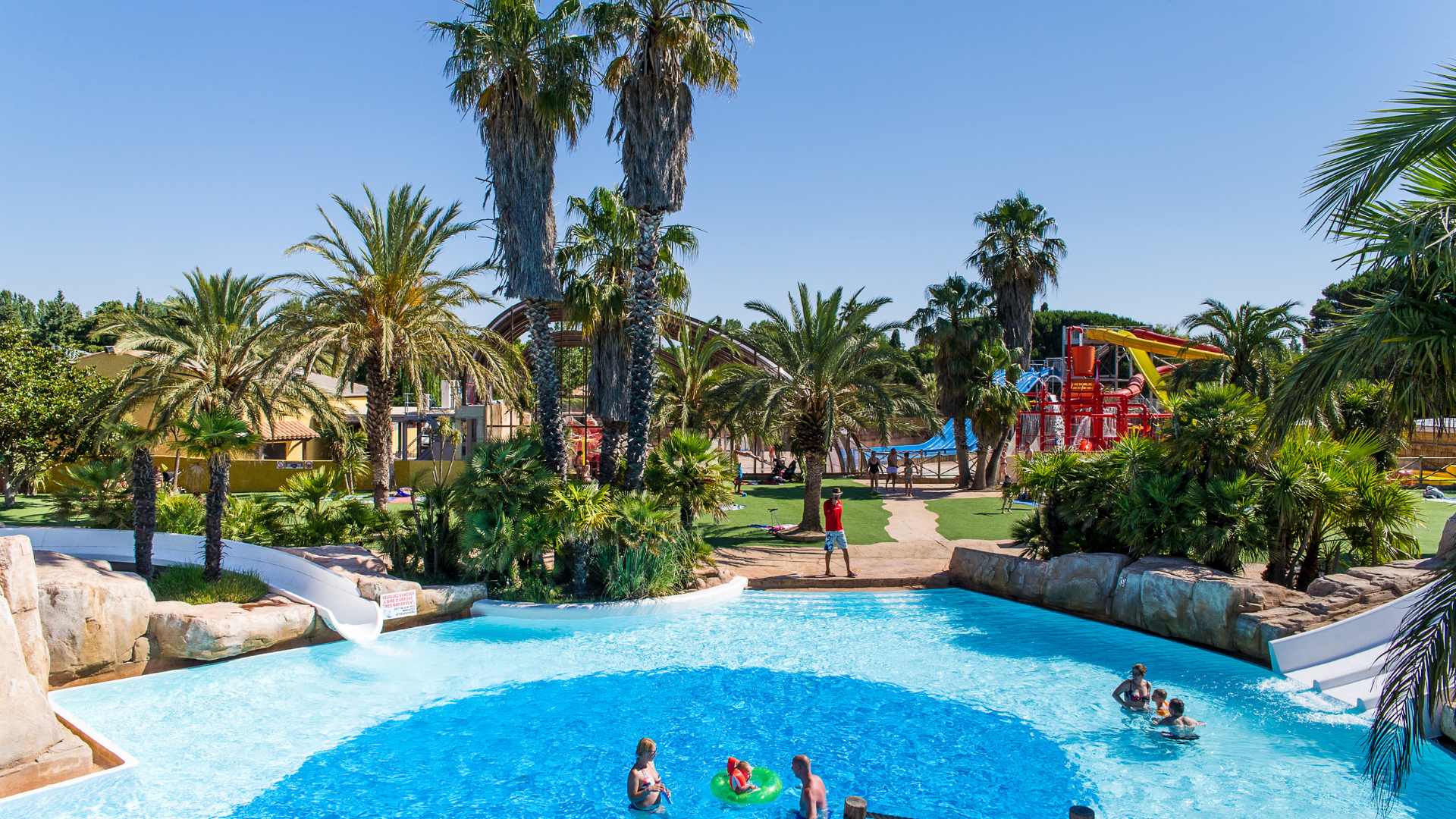Campsites are places for a modern form of activity, camping, which dates back several millennia into the past. It was probably the world’s nomadic people who first made camping their way of life. To move from place to place in search of pasture or better weather conditions, they needed dwellings that were easy to set up, dismantle and transport. Vestiges of this way of life are the tepees of the Native American Indians, the Asian yurts or the North African jaimas. These were the first tents in history. But how did the healthy activity of camping evolve from those remote times to the campsites of today?
At the time of the great conquerors such as Alexander the Great, and also later with the Roman Empire, this type of transportable accommodation for the rest and protection of soldiers and officers during journeys of conquest, acquired an exclusively military use. Later, European royalty also made use of large tents to accommodate their entourages during their travels, as several famous classical paintings illustrate. Many centuries passed, before in 1855, a US army officer, inspired by the native tepees, created the first modern tent.
The first campsites in history began to appear soon after, during the second half of the 19th and early 20th centuries. For example, an early approximation was the Gunnery Camp founded in 1861 by Frederick Gunn, owner of a school for boys in Washington, with the idea of enjoying hiking, fishing and nature observation. Perhaps the first campsite in history was the one that opened on the Isle of Man in 1894. Its popularity, and hence attendance, grew to over 600 people per week within a few years, and in 1904 it had to be expanded to accommodate an extra 1,500 tents and a canteen. In France, by contrast, the first reference to camping came in 1898 from the pen of the traveller and explorer Lucien Baudry de Saunier. In his chronicles he referred to “the mobile, horse-drawn dwellings of the British aristocrats”. According to his information, this was an activity exclusive to the nobility, who travelled “over their immense lands, stopping to sleep” in their caravans, which were even equipped with bathtubs.
Even at the beginning of the 20th century, and before the ravages of the First World War, camping was mainly practised by bourgeois hikers, members of society who had the leisure time, health and means to escape the polluted air of the big cities. The first camper’s manual, accompanied by the design of easily transportable camping equipment, appeared in 1908 by Thomas H. Holding, an experienced camper who travelled through Scotland and Ireland by bicycle. Camping associations, which had already begun to be founded during the second half of the 19th century, consolidated and expanded. This is the case of the French Camping Club, established in 1910, or Les Campeurs de France, created in 1912 by the Touring Club de France. Some of these associations, already in the inter-war period, bought land and created camping sites.

At the same time, caravans and motorhomes developed. Originally the work of craftsmen, their popularity grew and their production became industrialised over the years. Arist Dethleffs, a German manufacturer of whips and ski poles, built the first modern caravan in 1931, with the idea that his wife and family would accompany him on his long business trips. And in 1951, also in Germany, Volkswagen began series production and marketing of the T1 model. However, the production and sale of caravans did not take off until the 1960s.
During the second third of the 20th century, the generalisation of the 40-hour working week and paid holidays, as well as the rise of the car, were decisive factors in the development of mass camping tourism. At the same time, in order to prevent the progressive degradation of natural areas, numerous regulations were introduced to limit unauthorised camping, which at the same time gave a new impetus to regulated camping areas and campsites. Since then, campsites have become a form of tourism on a global scale.
Sources: Camp-us, Club Camping, Aquatique-Vacances, Timetoast, On Road Magazine






